 When Our Lady is asked by God to appear to men it is usually to the simplest and to those who are often thought of by others as stupid, clumsy and unimportant.
When Our Lady is asked by God to appear to men it is usually to the simplest and to those who are often thought of by others as stupid, clumsy and unimportant.One such was St Marie-Bernarde Soubirous, usually known as St Bernadette.
Saint Bernadette was born 7 January 1844, a miller's daughter from the town of Lourdes in the foothills of the Pyrenees.
From 11 February to 16 July 1858, she reported 18 apparitions of "a lady".
She was the daughter of François Soubirous and his wife Louise (née Castérot), a laundress and was the eldest of five children who survived infancy. Bernadette was a sickly child; she had cholera in infancy and suffered most of her life from asthma.
Hard times had fallen on France which was under the rule of the unbeliever, revolutionary and thrower of bombs at the Pope (in his youth) Emperor Napoleon III Bonaparte.
Secularism had taken over France and the result was extreme poverty for many of the poor.
The Soubirous family were an example and the family lived in extreme poverty. Neighbours, however, reported that the family lived in unusual harmony, relying on their religious devotion. They lived in a tiny room shared between a whole family.
On 11 February 1858, Bernadette, then aged 14, was out gathering firewood and bones with her sister and a friend at the grotto of Massabielle outside Lourdes, when she had the first of 18 visions of what she termed "a small young lady" (uo petito damizelo) standing in a niche in the rock. Her sister and her friend stated that they had seen nothing. On her next visit, she said that the "beautiful lady" asked her to return to the grotto every day for fifteen days.

At first her mother had forbidden her from going but Bernadette persuaded her mother to allow her to go. The apparition did not identify herself until the seventeenth vision, although the townspeople who believed she was telling the truth assumed she saw the Virgin Mary.
Bernadette never claimed it to be the Blessed Virgin, calling what she saw simply Aquerò ("that thing"), in Gascon Occitan, the patois of that part of France which is, even today, spoken by many.
Bernadette described the lady as wearing a white veil, a blue girdle and had a golden rose on each foot and held a rosary of pearls.
Bernadette's story caused a sensation with the townspeople, who were divided in their opinions on whether or not Bernadette was telling the truth.
At the thirteenth of the apparitions on 2 March, Bernadette told her family that the lady had said "Please go to the priests and tell them that a chapel is to be built here. Let processions come hither".
Accompanied by two of her aunts, Bernadette duly went to parish priest Curé Dominique Peyramale with the request. He had little belief in claims of visions and miracles and told Bernadette that the lady must identify herself.
As Bernadette later reported to her family and to church and civil investigators, at the ninth visitation the lady told Bernadette to drink from the spring that flowed under the rock, and eat the plants that grew freely there.
Although there was no known spring, and the ground was muddy, Bernadette did as she was told by first digging a muddy patch with her bare hands and then attempting to drink the brackish drops. She tried three times, failing each time. On the fourth try, the droplets were clearer and she drank them. She then ate some of the plants.
When finally she turned to the crowd, her face was smeared with mud and no spring had been revealed. Understandably, this caused much scepticism among onlookers who shouted, "She's a fraud!" or "She's insane!" while embarrassed relatives wiped the adolescent's face clean with a handkerchief. In the next few days, however, a spring began to flow from the muddy patch first dug by Bernadette. Some devout people followed her example by drinking and washing in the water, which was soon reported to have healing properties.
In the 150 years since Bernadette dug up the spring, 67 cures have been "verified" by the Lourdes Medical Bureau as "inexplicable", but only after extremely rigorous scientific and medical examinations failed to find any other explanation.
sent for a bottle of the Lourdes water to help heal her own child
According to Bernadette's account, during one visitation she again asked the lady her name but the lady just smiled back. She repeated the question three more times and finally heard the lady say, in Occitan, "I am the Immaculate Conception" (Que soi era immaculada concepcion).
Four years earlier, Blessed Pope Pius IX had promulgated the doctrine of the Immaculate Conception; that, alone of all human beings who have ever lived (save for Jesus, Adam, and Eve), the Virgin Mary was conceived without the stain of Original Sin.
This was not a phrase that Bernadette or her family had heard and, plainly, she could not have invented it.
Eventually, as visitors to Lourdes know well, churches and chapels were built and eventually a large Basilica which is visited by 5,000,000 pilgrims every year.
This year is the 150th anniversary of the apparitions at Lourdes.
Bernadette eventually joined the Sisters of Charity of Nevers convent moving into their motherhouse at Nevers at the age of 22. She spent the rest of her brief life there, working as an assistant in the infirmary and later as a sacristan, creating beautiful embroidery for altar cloths and vestments.
She eventually died of her long-term illness at the age of 35 on 16 April 1879.
On 8 December 1933 she was canonized as a saint and her Feast Day is celebrated on 16 April. The Feast of Our Lady of Lourdes was instituted by the Church.
2009 has been declared "The Year of Bernadette".
Bishop Gauthey of Nevers and the Church exhumed the body of Bernadette Soubirous on 22 September 1909 in the presence of representatives appointed by the postulators of the cause, two doctors, and a sister of the community. They found that although the crucifix in her hand and the rosary had both oxidized, her body was incorrupt and preserved entirely from decomposition.
The Church exhumed the corpse a second time on 3 April 1919. The body was still preserved, however her face was slightly discoloured possibly due to the washing process (by the sisters) of the first exhumation.
In 1925, the church exhumed the body for a third time. Relics were taken which were sent to Rome. The remains were then placed in a gold and crystal reliquary in the Chapel of Saint Bernadette at the mother house in Nevers. The site is visited by many pilgrims and the body of Saint Bernadette to this day remains intact despite being nearly one hundred and thirty years old.
It is one of the most perfect examples of incorruption of any saint.
These are the saints that God loves most – the simple, the humble, the devout – those that others think are stupid, clumsy, unimportant. God knows better. The ways of God are not those of men.
St Bernadette, pray for us!
Our Lady of Lourdes, the Immaculate Conception, pray for us!
...
Our Lady of Lourdes, the Immaculate Conception, pray for us!
...

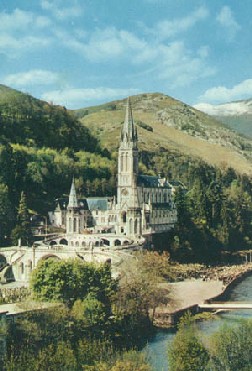
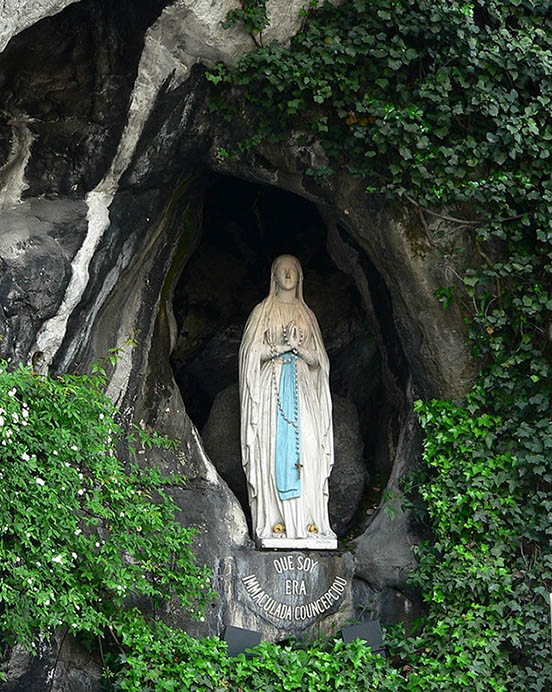








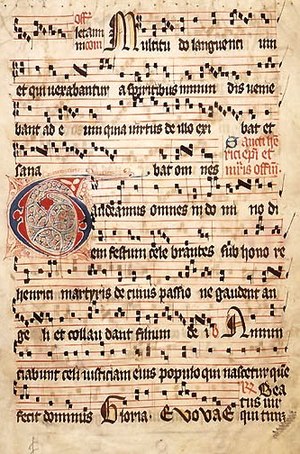

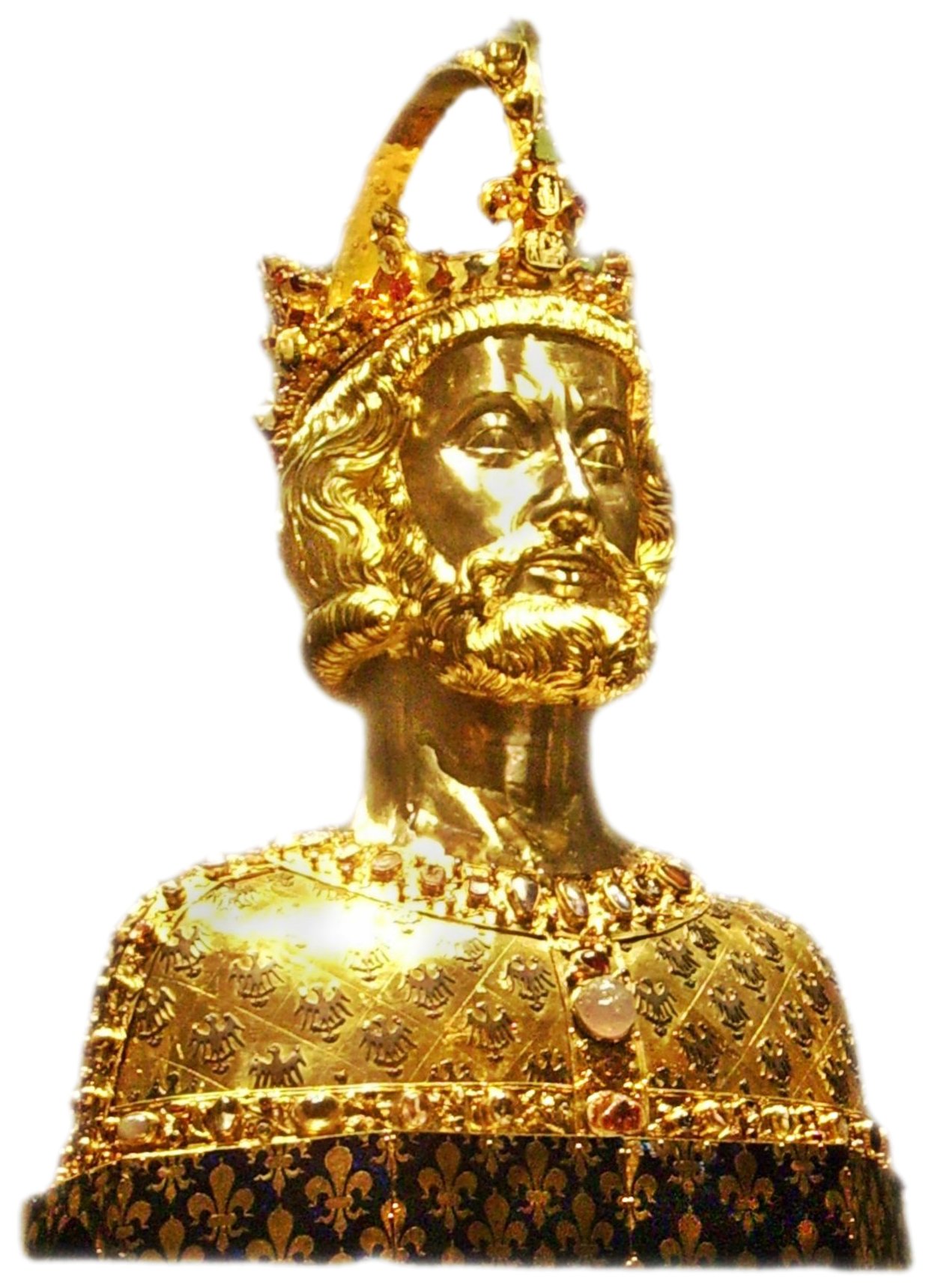



.jpg)


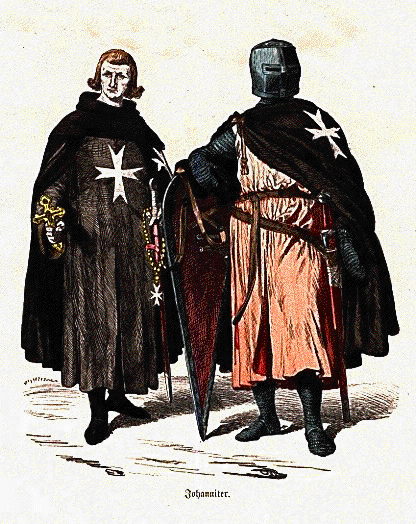

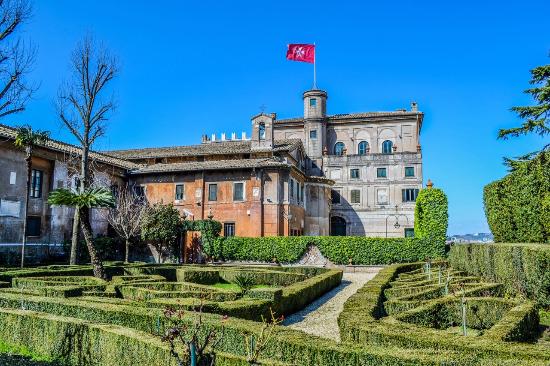


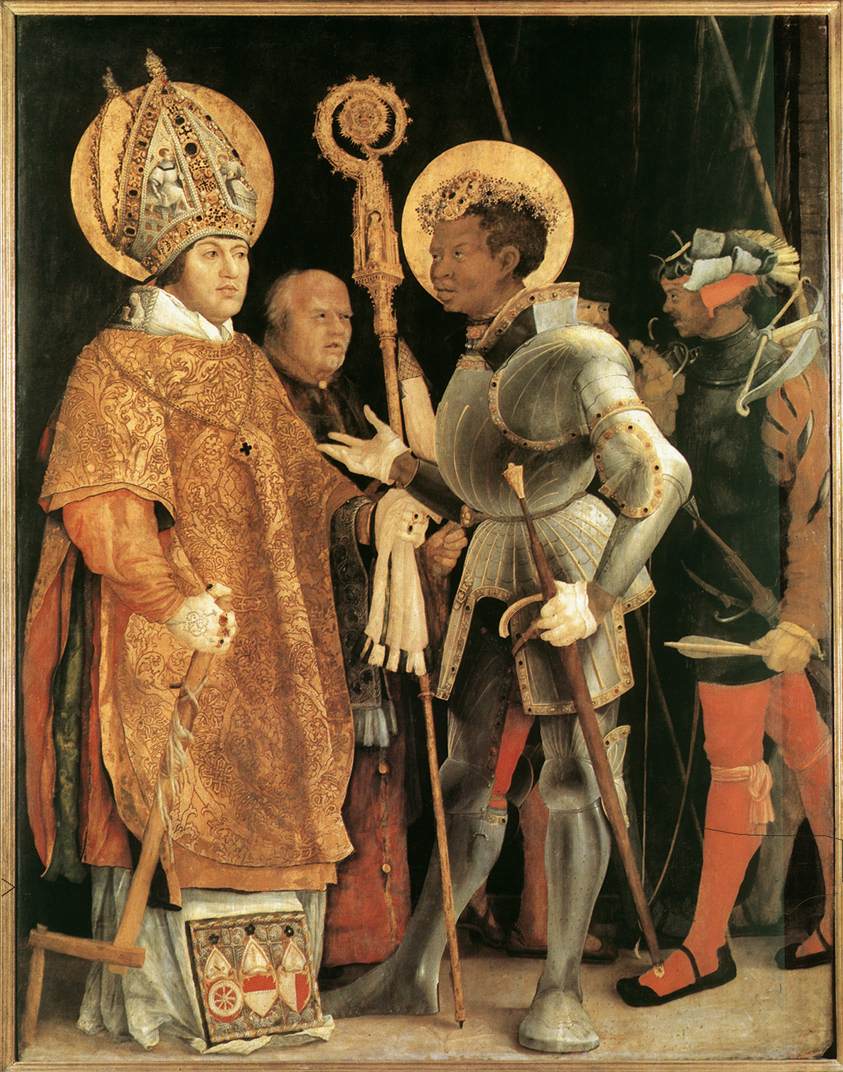
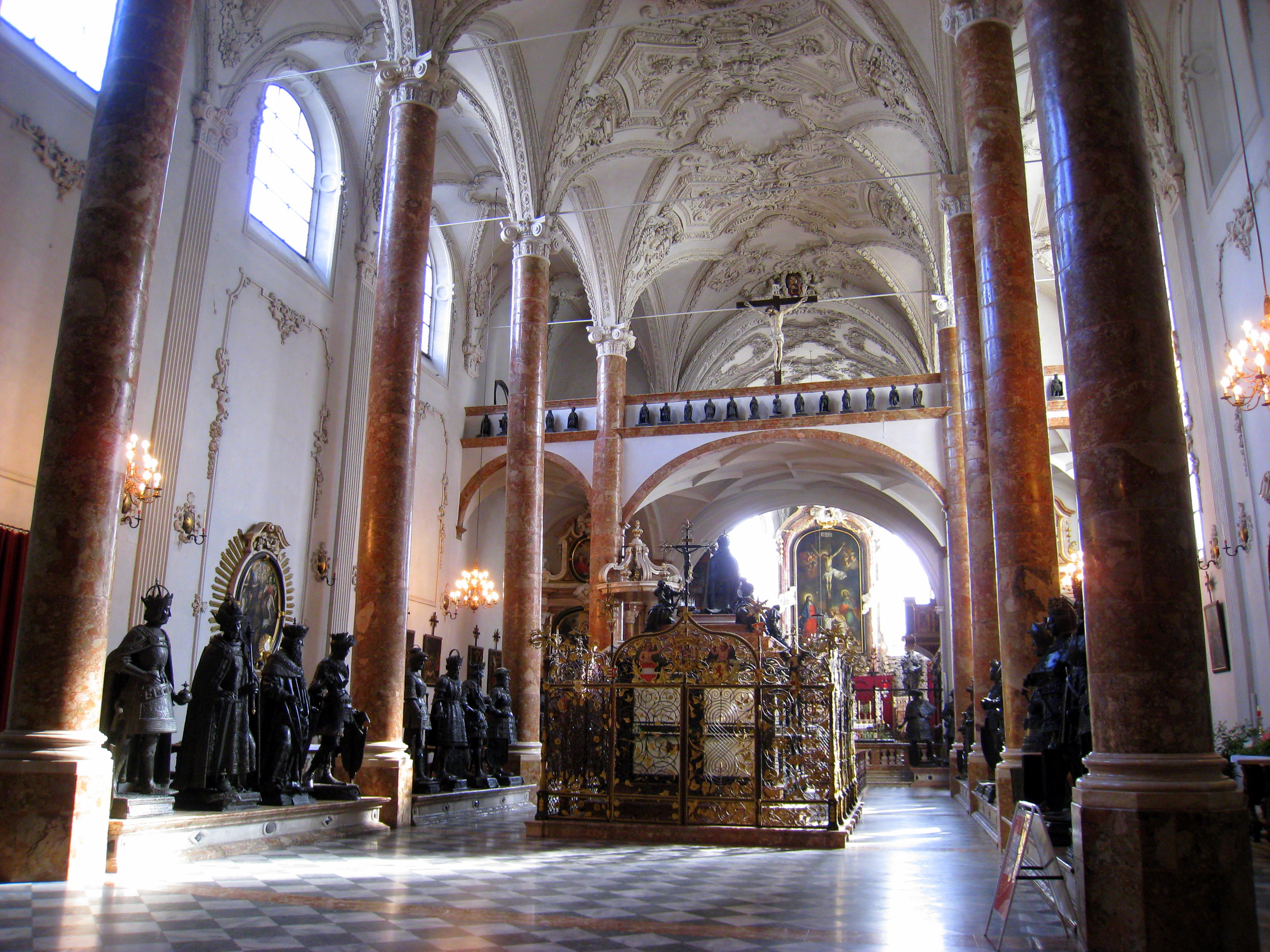


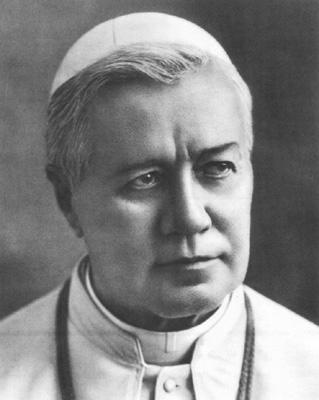














_-002.jpg/220px-Circle_of_Anton_Raphael_Mengs,_Henry_Benedict_Maria_Clement_Stuart,_Cardinal_York_(ca_1750)_-002.jpg)



4 comments:
I think we need to realise that we are speaking of medically incorrupt i.e. the liver is in good condition. As far as I am aware the face of St Bernadette has a wax coating over it.
All preserved incorrupt bodies have wax coatings on the face to prevent discolouration.
Her face and body are remarkably well-preserved and uncorrupted - more than any other I have seen.
A great deal more than the liver is in good conditions.
Tribunus.
I stood before the beautiful Bernadette in February of 2008 and her incorruption is far beyond the liver. You may read accounts of her exhumations online which describe in detail the incorrupt findings of her entire body. A very thin layer of wax was applied to her face as discoloration took place due to the sisters washing her face during an exhumation. Question not, what you see with Bernadette is her incorrupt and lovely face.
Well said , anonymous!
Tribunus
Post a Comment